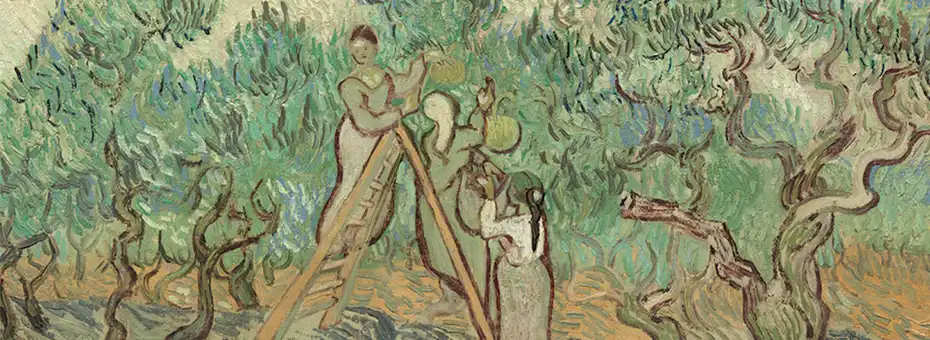Developing Awareness on the Gemba — Part 2
Visiting (and disrupting) teams in their workplace can create damage. Create value instead with clear intentions.

In my previous article, I talked about the intentions of a gemba walk. I argued that knowing what to do and how to behave on the gemba is not enough and that it is important to have clear intentions in mind before visiting (and disrupting) teams in their workplace in order to create more value and less damage. I discussed the first intention: developing awareness, which implies forcing ourselves to see the situation as it really is and not as we want to see it.
Developing awareness is difficult, and it requires practice and a strong desire to question what we already know about the business. Yet, it is a vital management skill that helps leaders cut through all the noise and make sense of unclear or emotional situations, both inside and outside the business. But there are two other key intentions to maintain in a successful gemba walk.
When a CEO or a manager becomes “aware” of a problem on the gemba, what should they do? Most of us experience the instinct to fix it on the spot. Although taking immediate action always feels reassuring to the managers who do it, it often causes more harm than good. Imposing a fix right away prevents us from learning from the conditions that created the problem in the first place. Furthermore, it takes an opportunity away from the team to become more autonomous in dealing with unknown problems, which is the whole goal of lean.
Once we have discovered a problem on the gemba, the next step is to study our current delivery processes, in order to discover the underlying conditions that generated the problem. In our book The Lean Sensei, we call this “developing thoughtfulness”, and it is the second intention of a gemba walk.
Being thoughtful while on the gemba implies discovering whether things work as planned (assuming we even have a plan) and where work conditions are not up to par. Concretely, we study quality issues and obstacles in the flow of work and try to find out how front-line workers deal with discrepancies between our current systems and customers’ true needs and desires. The sensei’s primary role is to maintain the dialogue with reality by looking at specific, detailed cases of failure to deliver, such as customer complaints, rework, and late deliveries. I often call this taking a “deep dive” into a problem.
I remember taking the CTO and the local manager of a fast-growing digital scale-up on a deep dive during a gemba walk. We were discussing a high-profile customer project in front of a duly completed macro plan, which showed some delays. As I feared, the CTO immediately pressed the project manager to put together an action plan to catch up with the schedule. The project manager argued that it was already too late to catch up, but that they were planning on asking the client to remove some minor features from the scope or revise the final deadline.
At that moment, I stepped in and asked the project manager if he could kindly explain why the first milestone had been missed. The reason he gave was that the technical team had underestimated the design effort of some features because they had felt rushed to begin development. Looking more deeply into a couple of cases, we realized a quite disturbing fact: about one-third of the features required a specific technical skill possessed by just one person on the team. Digging even further, we understood that it was the CTO who had selected the team members at the beginning of the project. At the time, the project manager was frustrated with this decision but since then he had learned to deal with the team as best he could.
As the example above shows, once you understand the source of a problem (thoughtfulness), the trick is to 1) avoid knee-jerk solutions and 2) avoid rationalizing decisions in favor of existing systems. Rather, we want to support local autonomy by letting a team change the system however is needed so that they can solve their own problems and keep things running as planned. This is what we call in The Lean Sensei developing “inventiveness”, and it is the third intention of a gemba walk. Inventiveness means trusting people to come up with smart ideas to resolve their own problems, encouraging them by visiting them often, giving them the space and authority to try new things and bend the rules, and rewarding them for their best ideas. Some of these ideas could prove to be golden opportunities for the business. It was the case for this cloud services startup, where an experiment to facilitate the work of systems integrators and reduce the number of human errors turned into a growth path for the company.
As these examples demonstrate, awareness, thoughtfulness, and inventiveness are more than tricks for making gemba walks interesting and easier. They are essential skills leaders need to continuously develop for themselves, their managers, and their front-line workers. Developing these skills is a strategy for growth. Going to the gemba with the right intentions in mind is what makes for a fantastic leader. By developing awareness, thoughtfulness, and inventiveness on the gemba with the leaders, the sensei contributes to creating value by “keeping the spirit of discovery strong throughout the company.”
This story was originally published by Sandrine on lean.org.